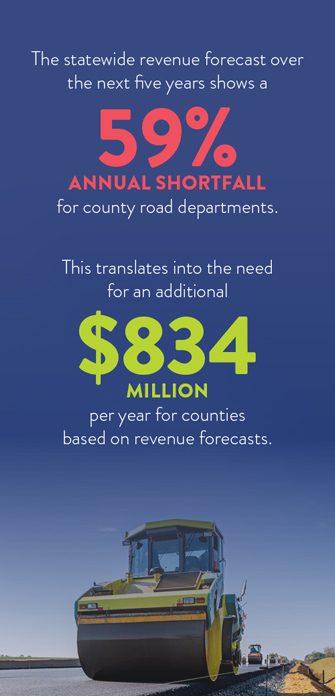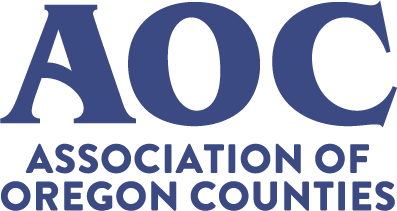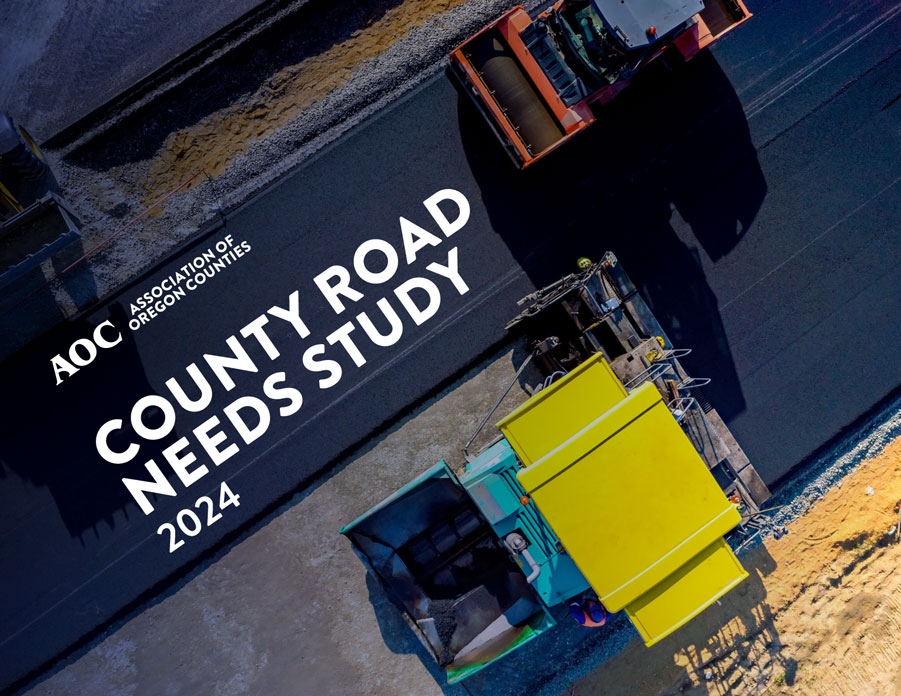Transportation Funding
Oregon’s counties are responsible for the largest share of Oregon’s non federal road system, with over 32,000 miles (62%) of roads and over 3,400 bridges.
Oregon’s roads are a critical component of economic development and job growth. Almost all county roads are school bus, mail carrier, and emergency vehicle routes. Many are forest roads that provide access to these important public lands, including critical access to crews fighting wildfires.
The Association of Oregon Counties (AOC) advocates for resources to support preservation, safety, and maintenance of the county road system.
State Infrastructure Investment
Approximately half of all transportation funding comes from the State Highway Fund, primarily derived from the gas tax, heavy truck weight mile tax, and vehicle registration fees. The State Highway Fund is equitably distributed between the state, counties, and cities in a longstanding formula called 50% / 30% / 20%.
The statewide revenue forecast over the next five years shows a 59% annual shortfall for county road departments, amounting to a need for an additional $834 million per year to keep county roads and bridges safe and drivable.
Anticipated revenue will not meet basic maintenance needs. Over the next five years, counties anticipate a 60% shortfall for pavement preservation projects and a 70% shortfall for capital construction such as bridge replacements and road reconstructions.
Federal Infrastructure Investment
For over 100 years, many counties have relied on forest revenue from timber harvest receipts and the Secure Rural Schools and Community Self-Determination Act (SRS) to fund their roads. These payments have significantly declined to approximately 38% of what was received in the early 1990s.
On Nov. 15, 2021, President Joe Biden signed the Infrastructure Investment and Jobs Act (IIJA). This historic investment provided Oregon with $1.2 billion in competitive and formula funding grant opportunities, but most importantly, it included a three-year extension to SRS.
The last payment from SRS was received in 2024. Unless there is another extension very soon, federal forest revenues for counties are anticipated to drop to less than 4 percent of early 1990s level.
Unfortunately, counties and local governments struggle to find the resources and staff they need to compete for federal grants.
County Road Needs Study
Download the 2024 Report (PDF)
Download the 2014 Report (PDF)


